
The First Main Directorateof the Committee for State Security under the USSR council of ministers was the organization responsible for foreign operations and intelligence activities by providing for the training and management of covert agents, intelligence collection administration, and the acquisition of foreign and domestic political, scientific and technical intelligence for the Soviet Union.
There were a succession of Soviet secret police agencies over time. The first secret police after the October Revolution, created by Vladimir Lenin's decree on December 20, 1917, was called "Cheka" (ЧК). Officers were referred to as "chekists", a name that is still informally applied to people under the Federal Security Service of Russia, the KGB's successor in Russia after the dissolution of the Soviet Union.

Military counterintelligence of the Soviet Armed Forces was controlled by the nonmilitary Soviet secret police throughout the history of the USSR.

Main Directorate for the Protection of State Secrets in the Press under the Council of Ministers of the USSR was the official censorship and state secret protection organ in the Soviet Union. The censorship agency was established in 1922 under the name "Main Administration for Literary and Publishing Affairs at the RSFSR Narkompros", abbreviated as Glavlit (Главлит). The latter term was in semiofficial use until the dissolution of the Soviet Union.
Mikhail Abramovich Trilisser, also known by the pseudonym Moskvin, was a Soviet chief of the Foreign Department of the Cheka and the OGPU. Later, he worked for the NKVD as a covert bureau chief and Comintern leader.

Artur Khristyanovich Artuzov was a leading figure in the Soviet international intelligence and counter-intelligence and security officer and spymaster of the Soviet Union in the 1920s and 1930s.

Mikhail Petrovich Frinovsky was a Soviet secret police official who served as a deputy head of the NKVD under Nikolai Yezhov during the Great Purge.
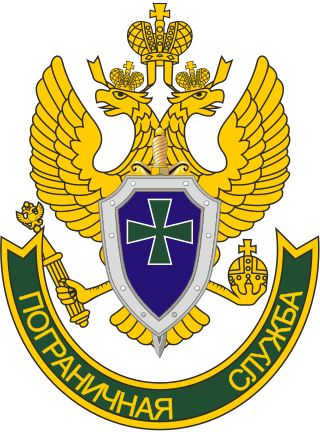
The Border Service of the Federal Security Service of the Russian Federation is a branch of the Federal Security Service of Russia tasked with patrol of the Russian border.
A Graphics processing unit, or GPU, is a special stream processor used in computer graphics hardware.
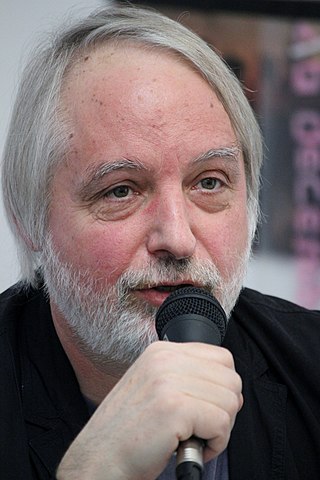
Nikita Vasilyevich Petrov is a Russian historian. He works at Memorial, a Russian organization dedicated to studying Soviet political repression. Petrov specializes in Soviet security services.
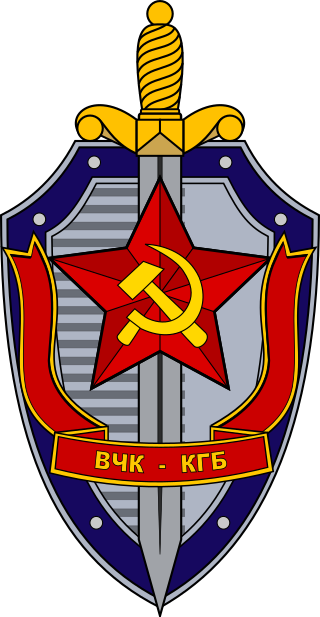
The Committee for State Security (CSS) was the main security agency for the Soviet Union from 13 March 1954 until 3 December 1991. As a direct successor of preceding agencies such as the Cheka, GPU, OGPU, NKGB, NKVD and MGB, it was attached to the Council of Ministers. It was the chief government agency of "union-republican jurisdiction", carrying out internal security, foreign intelligence, counter-intelligence and secret police functions. Similar agencies operated in each of the republics of the Soviet Union aside from the Russian SFSR, where the KGB was headquartered, with many associated ministries, state committees and state commissions.
Sergei Ivanovich Ogoltsov was a Soviet state security official who served as a Deputy Minister of State Security from 1946 to 1953.

Matvei Davidovich Berman was a Soviet security officer and head of the Gulag Soviet prison camp system from 1932 to 1937.
The Joint State Political Directorate (JSPD) (OGPU; Russian: Объединённое государственное политическое управление) was the intelligence and state security service and secret police of the Soviet Union from 1923 to 1934.

The People's Commissariat for Internal Affairs, abbreviated NKVD, was the interior ministry of the Soviet Union.
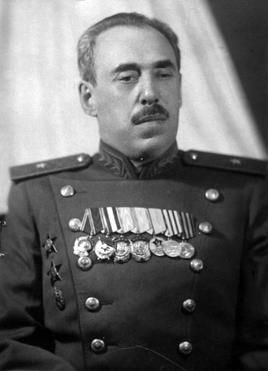
Major-General Lazar Izrailevich Berenzon was a Soviet military commander of the Soviet security services, principally the People's Commissariat for Internal Affairs, or the NKVD. He served with the state's security organs for almost thirty years, rising to the rank of major general and overseeing the NKVD's financial affairs on major prison labour projects, including the construction of the White Sea-Baltic Canal and the Baikal–Amur Mainline. Between 1940 and 1941, he was deputy head of the entire Gulag system.
Filip Demyanovich Medved was a Belarusian revolutionary and official of the Soviet state securities, the Cheka, OGPU and NKVD.
Directorate of Special Departments within NKVD USSR. rus. Управление Особых Отделов при НКВД СССР, (UOO) was an organization created in 1941 to conduct military counterintelligence under one command. The UOO was created to take back control from the retreating Red Army after the German invasion of the USSR and to counter German espionage efforts in the Soviet Armed forces. The principle tactic used by the UOO on Red Army personnel was intimidation and terror.
Roman Alexandrovich Pilar was a Soviet security and intelligence officer.
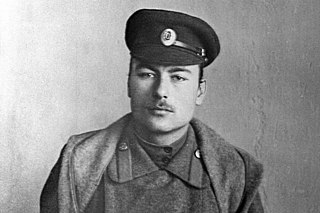
Georgy Ivanovich Blagonravov was a Russian revolutionary and high-ranking official of the Soviet security apparatus.












